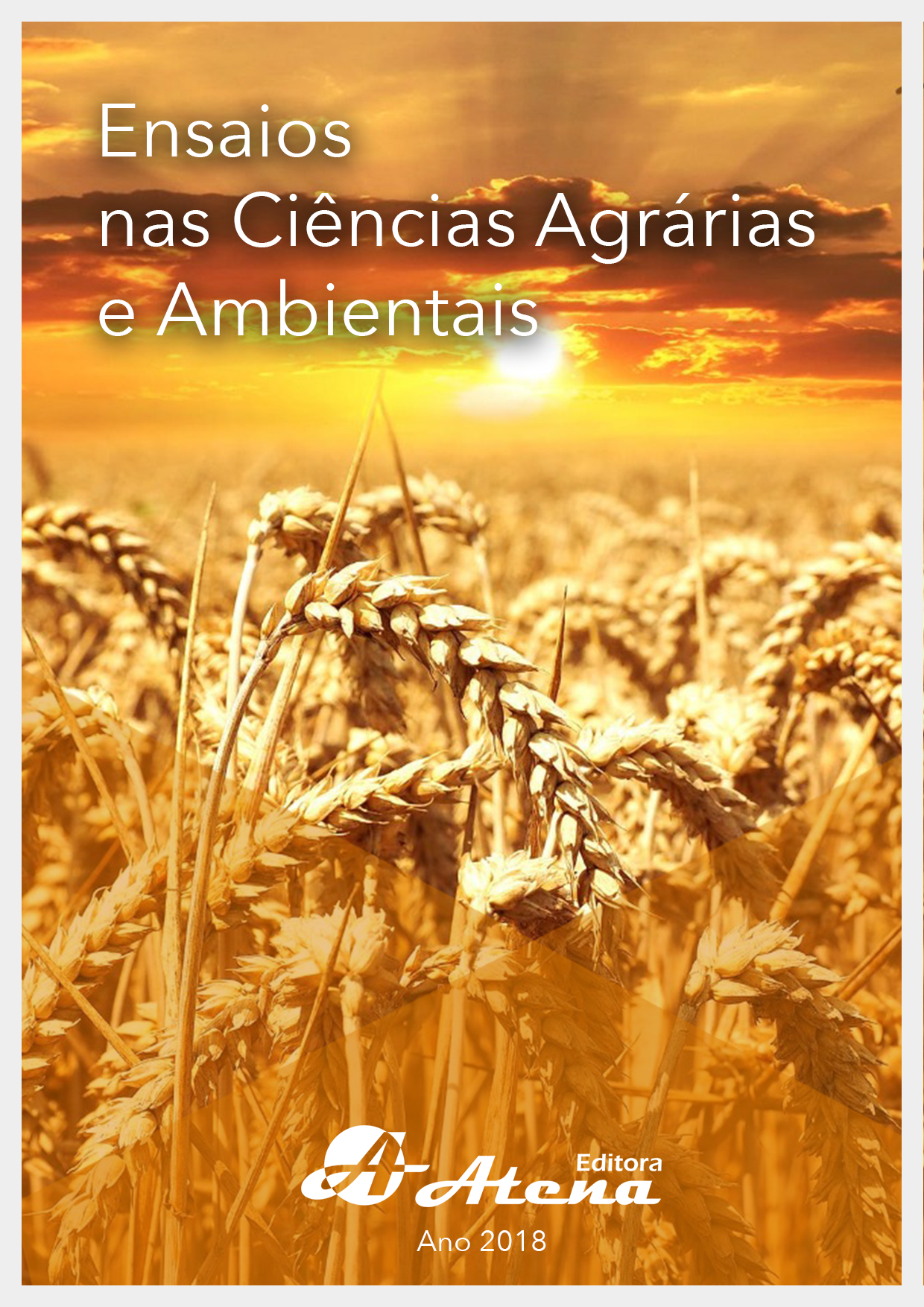
AVALIAÇÃO DO NÍVEL DE ILUMINAÇÃO EM AMBIENTE DE ENSINO
A iluminação adequada de um
ambiente é um dos requisitos básicos para
que pessoas enxerguem, se movimentem e
desempenhem atividades seguras, eficientes,
confortáveis e não fatigantes, requerendo
atenção quanto à qualidade e quantidade incidida.
Em ambientes didáticos como salas de aula,
cuja permanência de estudantes e professores
é alta e são desenvolvidas atividades de escrita,
leitura, ensino e aprendizagem, o conforto e o
desempenho são diretamente afetados pelas
condições de iluminação natural e artificial.
Assim, a quantidade de luz emitida por uma
fonte e incidida sobre uma superfície em torno
de um ponto e área, também conhecida como
iluminância, torna-se parâmetro fundamental
a ser avaliado, em razão da influência na
percepção e realização das tarefas. Objetivouse
no presente trabalho avaliar a iluminação
em três ambientes escolares de uma edificação
do Instituto Federal de Educação, Ciência e
Tecnologia do Sul de Minas Gerais, Campus
Muzambinho, nos períodos de aula vespertino e
noturno, confrontando-a com a norma NBR ISO/
CIE 8995/2013 (ABNT, 2013). As iluminâncias
foram analisadas nos campos de trabalho com
auxílio de luxímetro digital, admitindo-se para
tal o mobiliário ocupado por aluno e professor,
em plano horizontal a 0,75 m do piso, seguindo
recomendações da NBR ISO/CIE 8995/2013
(ABNT, 2013). Os resultados demonstraram que
nos ambientes avaliados, a média de iluminação
esteve em torno de 63 lux durante à noite e 556
lux no período vespertino, tendo apenas neste
último níveis acima do limite previsto na norma.
AVALIAÇÃO DO NÍVEL DE ILUMINAÇÃO EM AMBIENTE DE ENSINO
-
DOI: Atena
-
Palavras-chave: Iluminância. Escola. Sala de aula.
-
Keywords: Iluminance. School. Classroom.
-
Abstract:
The proper lighting of an ambient is one of the basic requirements for
people to see, to move and to develop safe activities, efficient, comfortable and not
tiring activities requiring attention on the quality and quantity incident. In teaching
ambients such as classrooms, the permanence of students and teachers is high
and are developed writing activities, reading, teaching and learning, comfort and
performance are directly affected by the conditions of natural and artificial lighting.
Thus, the measurement of light incident on a surface per unit area, also known as
illuminance, is a fundamental parameter to be evaluated, because of the influence on
the perception and performance of tasks. The objective of this work was to evaluate
the lighting in three classrooms of a educational building of the Federal Institute of
Education, Science and Technology of South Minas Gerais, Campus Muzambinho, in
afternoon and evening periods. The illuminance were analyzed in workstation with the
help of digital light meter, admitting to such furniture occupied by student and teacher
in the horizontal plane 0.75 m from the floor, following recommendations and minimum
requirements stated in the standard NBR ISO/CIE 8995/2013 (ABNT, 2013). The results
showed that the evaluated ambients, average iluminance was around 63 lux at night
and 556 lux during the day, and only in the latter levels above the norm limit.
-
Número de páginas: 15
- RAPHAEL NOGUEIRA REZENDE


